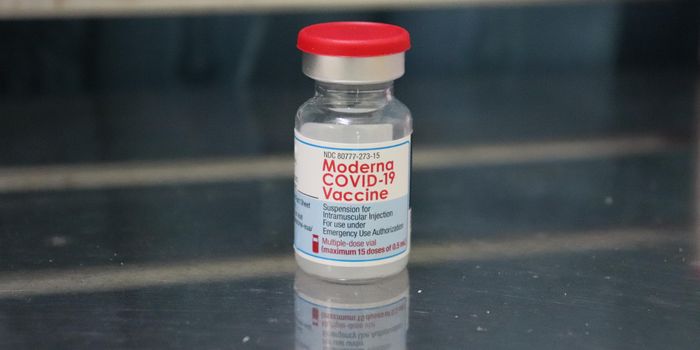A Universal Antidote for Drug Overdoses is in Development
Drug overdose deaths continue to rise in the United States. About 92,000 people died from drug and prescription opioid overdoses in 2020. Deaths from synthetic opioids like fentanyl are increasing dramatically, while overdoses from other types of drugs have remained relatively steady. There is a drug called naloxone, which is sold as Narcan that can prevent opioid overdoses, and has already saved many lives. Scientists have now developed a more universal treatment that can counter the effects of drug overdoses, a compound called Pillar[6]MaxQ (P6AS). Reporting in the journal Chem, scientists have shown that it could be used as an antidote for fentanyl and methamphetamine overdoses, and potentially counters other drugs as well.
“Opioids already have a reversal agent in naloxone, but there are a variety of non-opioid drugs of abuse like methamphetamine, PCP, mephedrone, ecstasy (MDMA) and cocaine that do not have a specific antidote,” said lead study author Lyle Isaacs, a professor at University of Maryland (UMD). “That’s one of the huge opportunities for our compound.”
Tests conducted in the lab and in animal models indicated that P6AS can sequester fentanyl and methamphetamine, which mitigates their effects. The compound is a molecular container that can attach to other chemicals and sequester them inside of a cavity. This containment turns off the drugs' biological effects, said Isaacs.
Additional work showed that P6AS can bind to many other drugs including MDMA, PCP, and mephedrone. The researchers are hopeful that P6AS may eventually be used to counteract a variety of harmful drug overdoses.
“We’ve measured the interaction between our container and a variety of drugs of abuse; things like methamphetamine, fentanyl, ecstasy, PCP and others, and we find that this new container that we’ve made binds many of them very strongly.”
While it will still be many years before the drug is available, these tests are encouraging. Isaacs noted that there are synthetic opioids that are even stronger than fentanyl, and their effects are difficult to counteract with naloxone. This new drug could be a good alternative.
This compound targets drugs in the bloodstream, rather than preventing receptor binding in the brain like naloxone does. Tests still have to be done to determine whether P6AS also promotes the excretion of drugs from the body.
“Our compound soaks up the drug in the bloodstream and, we believe, helps promote its excretion in the urine,” Isaacs said. “This is known as a pharmacokinetic process, where we’re trying to minimize the concentration of free drug that’s present in the body.”
If P6AS does promote excretion, it would probably be very useful to counteract fentanyl overdoses.
Sources: University of Maryland, Chem









